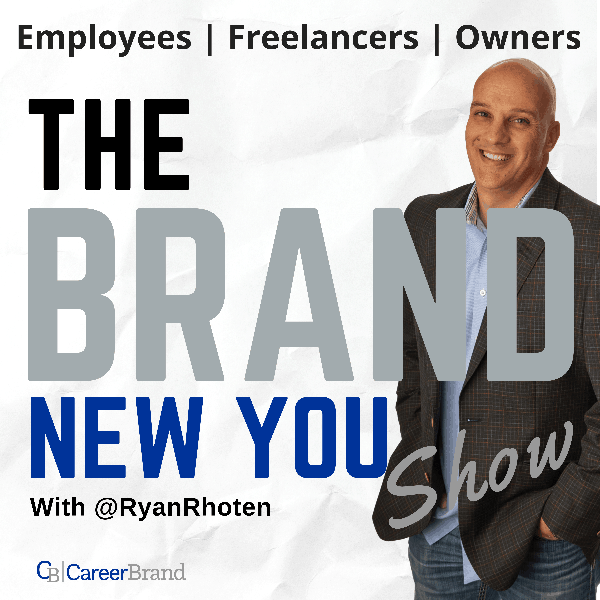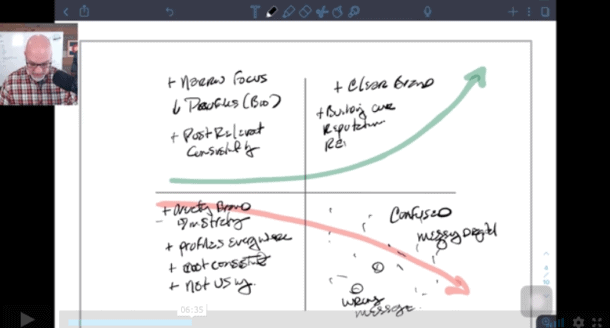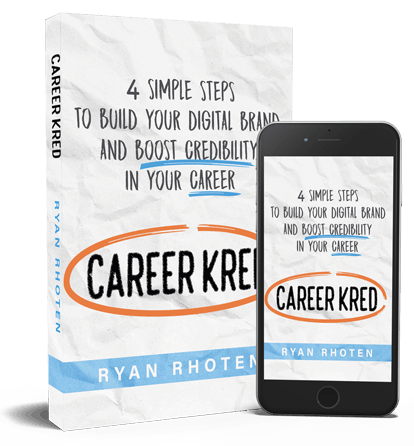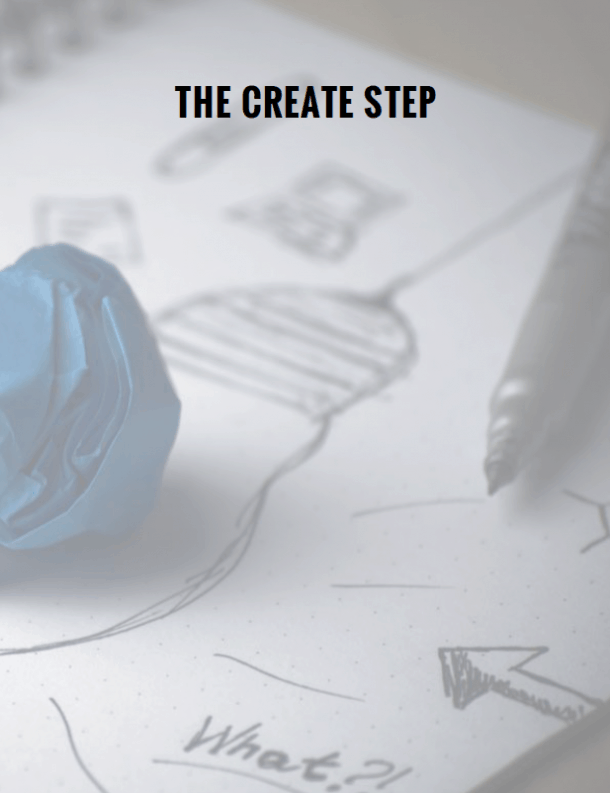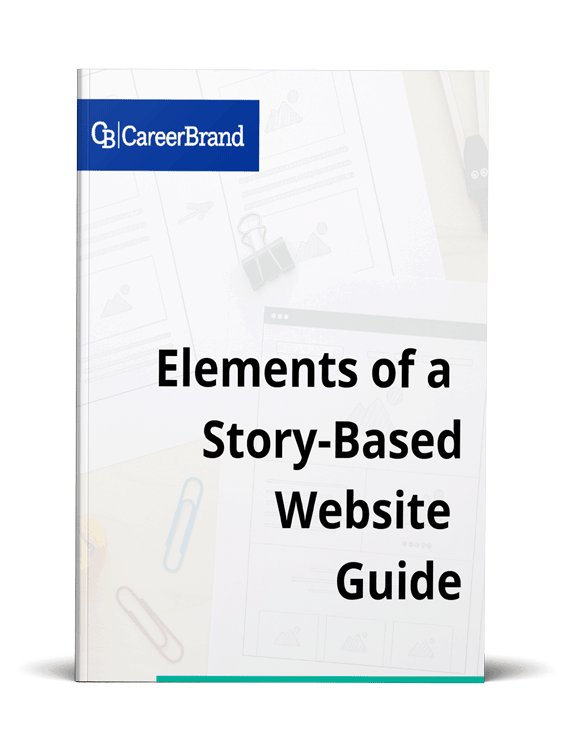John is also an author and a prolific writer for many well-known publications such as Search Engine Land, Entrepreneur, INC. and of course his own blog at Ignite Visibility.
[fusebox_track_player url=”http://traffic.libsyn.com/thebrandnewyoushow/John_Lincoln.mp3″]
BOOK: DIGITAL INFLUENCER, A GUIDE TO ACHIEVING INFLUENCER STATUS ONLINE
Since starting my personal branding journey over three years ago, I have come across many good books on how to build your brand and raise your visibility. John Lincoln’s book is the best resource I’ve found. It’s absolutely the real deal. It is full of easy steps and actions that people can take to get started becoming a digital influencer. What is a digital influencer you ask?
John explains that a digital influencer, in it’s simplest form, is a thought leader with a digital presence. A thought leader is someone who knows and understands all of the various aspect and nuances of their subject matter and is influential within their industry. Generally speaking, they have no way to influence others on the internet. But if they were a digital influencer, this same thought leader would have a blog, followers on social media, which allow him or her to translate their knowledge to affect more change online. They would be seen as the go-to expert in their space.
This is why it’s so critical for you to build your brand online. Being seen as the go-to expert on your subject matter can increase your visibility, your stature within your industry and ultimately it will impact your compensation as well. John feels like it is possible for anyone to become a digital influencer, however, he caveats this by telling us to get there, you must be willing to do the hard work required. Sounds very similar to my conversation with Shane Purnell.
CHAPTER 1 – DEVELOPING AN INFLUENTIAL MINDSET
Believe it or not, there is a certain psychology behind becoming a digital influencer, starting with your willingness to put yourself “out there”. John tells us “putting yourself out there” is the defining difference for a digital influencer. If you are unwilling to do this, you will not become an influencer online. You need to be willing to write and publish a blog post, you need to be willing to create a YouTube video, to run ads to your content, and be comfortable with all of it. The key to getting to this point is understanding that you will get better and better as you go, but to get there you need to get started.
John and I spend some time discussing why getting started can be difficult for some people. This is primarily driven from not understanding what it is they want to be known for. John Lincoln tells us that to really understand this you need to determine your goals and map your activities to reach them. Without goals, determining what you want to be known for may be impossible for you. Do you know your goals? Where do you want to be in 3 years? 5 years? 20 years?
Knowing where you’re headed will allow you to immerse yourself into your industry, your subject matter which will give you the confidence you need to put yourself out there and be ok with it. For those of you reading this who are still on the fence and don’t quite see yourself as an influencer, John tells us there are actually three types of influencers, and you more than likely are a part of two of them.
3 types of digital influence marketers
A Micro-Influencer:
A micro-influencer influences on a very small scale. Think about times when you recommend or a friend recommends a dentist or doctor or place to get your car fixed.
These are all cases where you or someone you know is acting as an influencer. The recommendations are impacting the decisions of others. Micro-influencers do not have hundreds or thousands of followers on twitter for example.
At some point, on some level, we are all micro-influencers.
Subject Matter Expert influencer:
A subject matter influencer is someone who, in a specific space or industry, is seen as an influencer.
John Lincoln suggests that this is a key difference between individuals who get stagnated in their careers v.s. those who thrive.
Subject Matter Experts have made the decision to put themselves out there, to voice their opinions on topics and add them to the conversations being held within their industry.
They are easily found when searching for the topic online. Think about the last time you Googled something. As soon as you see the same person showing up again and again for whatever topic (keyword) you search for, you will assign this person influencer status in your mind.
This is very similar to what Todd LoHenry and I discussed.
Macro Influencer:
A Macro influencer is someone who can make or break careers. They are typically celebrities, think Oprah here.
If you could influence a macro influencer, your ability to impact any goal you want to achieve increases exponentially.
CHAPTER 2 – BECOMING AN INFLUENCER
The “C” step in the DICE process is all about content creation. This is where you can start separating yourself from the pack.
The first step for putting yourself out there and starting this journey begins with a blog. John does stipulate that there are other mediums you can use these days outside of a blog but maintains that blogging is one of the best ways for you to get started.
John suggests that what is really needed to today is some type of platform that allows you to put your voice out there.
Other platforms that can be used to accomplish the same thing include YouTube, podcasts, Twitter, a Facebook following.
The key here is that you pick one or two channels that you really commit to using and that your audience hangs out on. For example, if you are a subject matter expert on video game walkthroughs, you might be better served to be on YouTube v.s. blogging three times a week.
If you wondering how many times a week you need to blog, John tells us that commitment and consistency are more important than a specified number of times but he would recommend twice a week at a minimum to help you build your platform.
John has noticed recently longer form posts, such as detailed step-by-step instructions, that are two to three thousand words long are quickly becoming more of the norm than short five to eight hundred word posts of the past.
Guest blogging is not dead
There’s no doubt that guest blogging is an effective way to get your content in front of a new audience. John agrees with this and suggests using guest blogging as a part of your overall strategy.
Where guest blogging took a “hit” so to speak from a credible method standpoint was when Google changed it’s algorithm a few years back. The change was made to root out bad or false links back to your website.
Rather than view guest blogging as a link building tactic, John Lincoln suggests viewing it instead as a way to share a new audience about your subject matter.
This will allow you to choose the right blogs for guest posts as well as help you align your content towards the audience's needs.
Guest blogging also allows you to borrow the credibility of their platform with the added benefit of being able to use the platform for reaching people you would not otherwise have access to.
A great tool John recommends to help you find guest blogging opportunities is call Help A Reporter Out or HARO.
Getting quotes in online publications and magazine using HARO
HARO, is a platform that advertises opportunities three times a day from journalists and other career writers who are looking to interview someone with a particular skill set or expertise.
This provides you with an opportunity to get your message out in front of others. John offers the following advice to help increase your chances of getting the interview.
1 – Have a good pitch ready. This, of course, means you understand your niche, subject matter and what you want to be known or found for.
2 – Respond quickly. Usually within an hour.
3 – Use a stand out subject line such as “A perfect quote for you”.
4 – Paste a quote in your response. Rather than respond by explaining why you would be great for an interview, just paste in a quote as your response. If they like the quote, they can put right in the article and won’t even need to contact you. Brilliant!
5 – Include a short bio. Your bio should tell them who you are and why a quote for you is relevant to their story.
CHAPTER 3 – GETTING ADVANCED, GETTING INNOVATIVE, GETTING SEEN
This chapter is loaded with tools you can use to enhance your authority. It is the best list of online tools I have ever seen in one place.
Rather than go through every one of them, for our discussion, I selected two to discuss in further, BuzzSumo and Klout.
BuzzSumo is a tool that allows you to identify shared content by keyword. Let’s say you were looking for the most shared content you could find on basket weaving. Why? Because basket weaving is what you want to be known for, it’s your thing.
You type basket weaving into BuzzSumo and within a second you will have a list of all the content being shared on basket weaving as well as who is doing the sharing.
You have just identified potential influencers in your industry. In addition, you also know what topics are of interest your audience.
You can use this information to create your own content, putting your own spin on it of course. You already know the topic is being shared.
You may also want to reach out to the people who published the original piece. Let them know you’ve taken a different spin on the topic and if they’d be interested in reading your post.
CHAPTER 4 – YOUR PERSONAL PLAN OF ACTION
This chapter is gold for anyone wanting to create a personal plan of action to become a digital influencer. John lays out, at a high level, the steps you take every month, for five months to help you increase your online visibility.
Of course, there are a lot of little details for every big step, but the list is fantastic. John and I spend time discussing the steps in month one.
I deferred discussion on the remaining steps due to time and because frankly, I want you to go out and buy his book.
If you want to increase your visibility, get found in search and become known as a subject matter expert, you need this book.
Book giveaway for charity
If you need an additional reason to purchase the book, John is donating the proceeds of the first thousand copies, to cancer research. Having lost my father to cancer five years ago, this is definitely something I can get behind.
THE BEST WAYS TO CONTACT JOHN LINCOLN
Web: IgniteVisibility.com/blog
Twitter: @JohnELincoln
YouTube: IgniteVisibility
